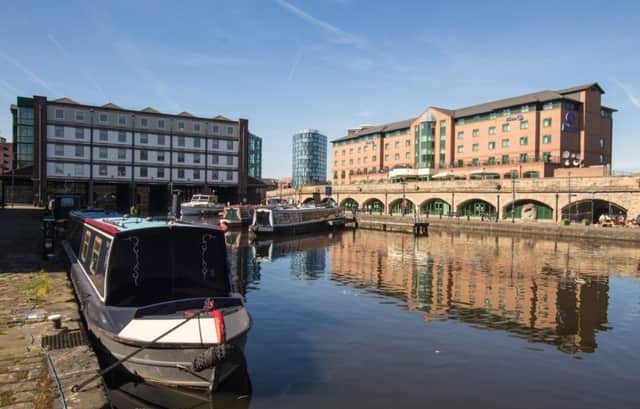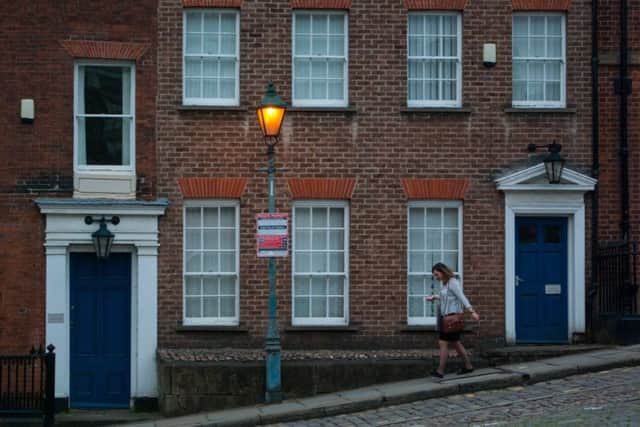Fifty buildings that show Sheffield's vision and renewal


Sheffield lacks the grandiose, major buildings of Leeds or Manchester, and ‘indifferent’ modern creations were needed to replace the structures damaged during the Blitz in 1940, says the author, Professor Ian Rotherham of Hallam University.
But, despite some difficult times, Sheffield has re-emerged, he contends, with a newfound vision to be a truly European-style city of walkways, plazas, squares and street culture, surrounded by an unusual topography of hills and countryside.


Advertisement
Hide AdAdvertisement
Hide AdThe book, Sheffield in 50 Buildings, concentrates on fifty places in and around the city centre, giving a selection of what is on offer.
A good proportion of the list comprises Sheffield’s traditional ‘greatest hits’; both cathedrals, the Botanical Gardens, Park Hill, Weston Park Museum, King Edward VII school in Broomhill and the university Arts Tower are all present and correct.
But the work digs deeper, concentrating on the background to less storied buildings, from the Royal Hallamshire Hospital to Debenhams on The Moor and the underused waterfront development of Victoria Quays.
In some cases, appearances can be deceptive. For example, Paradise Square, begun in 1736, is hailed as ‘more than a single building... the city’s best preserved and most elegant collection of Georgian houses’. But the red-brick properties, Prof Rotherham writes, were largely restored between 1963 and 1966, with some of the houses virtually rebuilt with materials salvaged from elsewhere.


Advertisement
Hide AdAdvertisement
Hide Ad“So, while the effect is charming, and remarkable for Sheffield, it is not entirely authentic.”
Nevertheless, he says: “Paradise Square is in the heart of Sheffield’s remaining Georgian quarter of the genuinely old town and, considering the fate of much else around it, is remarkably intact.”
The striking but overlooked Mayfair Court, a former common lodging house on West Bar, is highlighted too. The dramatic building – which sits above the Seven Spices Indian restaurant – was designed by Roger Truelove in 1912 to provide decent accommodation for poor workers. The exterior features contrasting yellow and red brick, with the interior divided into modern private rentals.
The electricity substation on Moore Street makes the list – but Prof Rotherham isn’t a fan. “This concrete monstrosity has been described as an outstanding expression of the Brutalist ethos. The whole creation is massive and uncompromising and, for me, imposes itself without any sympathy to the surrounding environment or community. Surely a prominent location should deliver aesthetic alongside function.”
Advertisement
Hide AdAdvertisement
Hide AdThe Royal Hallamshire Hospital is also ‘not a great asset to the city’s architectural heritage’, he says, but is a very significant landmark. And in the 1970s, during its construction, the site had a unique claim to fame. “The wind blew through the gaps to reverberate like a giant mouth organ – the largest in the world. Sheffield always boasts the biggest and best.”
Debenhams, meanwhile, began life in the 1960s as Pauldens, undergoing a rebrand in 1973, and Prof Rotherham laments how the Quays – boasting a ‘good range of interesting premises’ – remain hidden, ‘separated by a vast dual carriageway’.
The paperback volume ‘could easily have covered more’, writes Prof Rotherham.
“This is merely a sample.”
Sheffield in 50 Buildings is out now, priced £14.99, published by Amberley.